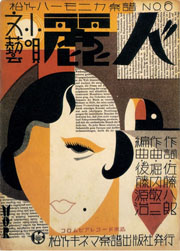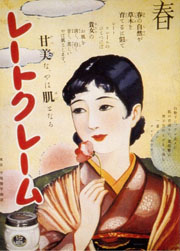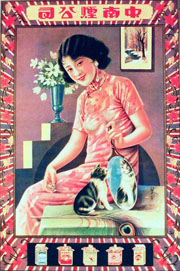Catherine Yeh
What does it take to make a lowly Chinese opera singer, whose performances are filling the newly opening time/spaces of urban leisure, into a national and international star at the turn of the twentieth century? Talent will be essential, but it is not enough. A key condition is his/her social staging. Among the public measures of such an opera star’s brightness is the income level he enjoys through his work as a performer, the contracts he gets for performances around the country, and the translation of his stature into the kind of stage costumes he is able to afford for all see. There are, however, other kinds of material manifestation that signal stardom, chiefly among them an actor’s residence. Money in this case is only one factor, patronage support is needed to secure a splendid and highly visible residence and to make sure it is filled with goods high in the political and cultural register.
This paper focuses on the symbolic accoutrements of the standing of a star as expressed in the willingness of a patron to articulate his appreciation through a gift worthy of such a star. The case study will focus on the purchase in 1916 of a mansion with thirty some rooms and a spacious leisure garden by a wealthy patron of the female impersonator Mei Lanfang in a generous effort to buttress Mei’s visible signs of prestige and taste, and to provide a stage for his private off-stage interactions.
The study will address the shifting relationship (1) between culture, money and stardom; that is, how these forces constantly translate and exchange in form between symbolism and monetary gains; (2) between what might be considered private to that of being public; the ways in which a private home is transformed into a public stage; (3) between animate and inanimate status of an object; that is a residence becomes the outer identity of the star, the star treats the home as a tangible force to craft this identity, in the process merges his own self esteem and worth with it. The cultural capital and material means and the performativity of stardom merges into a revolving asymmetry of exchange.



